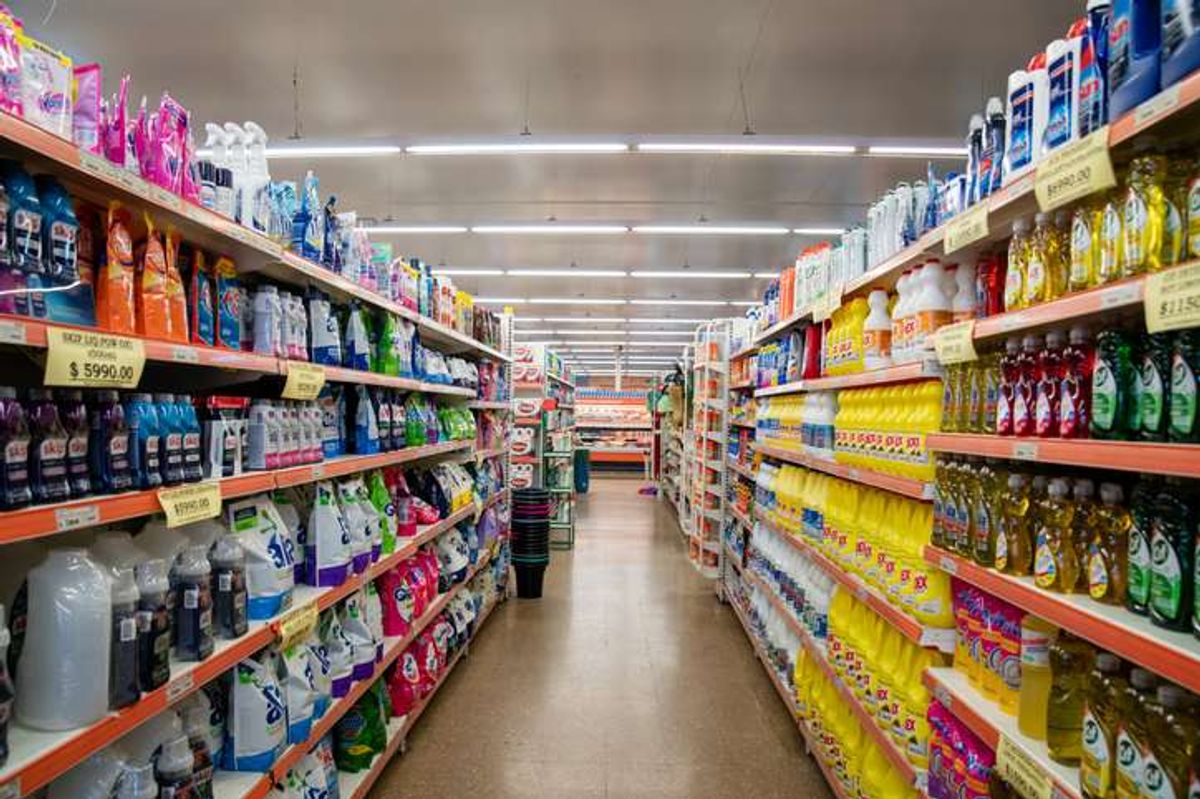Convenience store sales are slipping, shopper missions are shifting, and the winners will be those who rebalance their ranges towards fresher, faster, and higher-margin categories, shows a recent report by a leading convenience data analyst TWC.
The latest Local Shop Report 2025 from the Association of Convenience Stores (ACS) provides a detailed look at category sales in the UK’s 50,000+ convenience stores, particularly when trended vs 2023.
TWC Group has compared this with its SmartView Convenience Market Read, which tracks sales performance across the independent (wholesaler-supplied) channel.
The data reveals that while independents continue to play a vital role in the UK’s local retail landscape, there are some clear warning signs for the sector.
Sales through independent c-stores are in decline year on year, driven by reducing basket sizes and falling footfall, according to SmartView Convenience. Some of the declines are off set in increases in average prices paid per unit by shoppers in independent c-stores (as a result of increase prices of items).
Category Mix
The ACS report shows the average sales mix for all convenience formats, while SmartView highlights the performance of the independent channel.
When the two are compared, traditional categories such as confectionery, soft drinks, crisps & snacks, and tobacco tend to over-index in independents – representing the areas where independents outperform the overall market.
Indies have always been strong in core traditional convenience lines.
However, independents underperform in categories such as fresh food, chilled ready meals, and food to go. These are high-growth, high-margin areas where symbol group and multiple-owned convenience stores are investing heavily to meet shopper demand for fresh, quick, and meal-based missions, finds the TWC analysis.
Tom Fender, Development Director at TWC, says, "This suggests that some realignment in store ranges is required, not to reduce traditional core categories, but to rebalance the overall store sales mix to reflect changing shopper behaviour and mission trends.
"We obviously know that this is easy to say but difficult to implement for independent retailers. But range innovation is required.
"It’s possible for indie retailers to offer a very credible food-to-go range without needing a full foodservice hotfoot counter.
"And there are many other growth trends which indie retailers can ‘back’ immediately: sports nutrition, protein, functional foods."
Range Reduction
The ACS Local Shop Report suggests the average c-store is about 1200-1300 sq feet and has a range of 4580 SKUs.
Fender stated, "As a comparison, Costco warehouse outlets tend to be 130,000 feet and have fewer than 4000 skus in them. We suspect the average independent could probably remove 25+ per cent of their SKUs and make more money as a result."
Reasons for Optimism
Despite the current headwinds, there is much to be positive about. The ACS Local Shop Report 2025 confirms that there are now 35,000 independent convenience stores in the UK, more than ever before.
Crucially, the number of symbol/fascia stores has risen by 1, 800 since 2023, as more retailers join wholesale groups and benefit from shared support, stronger supplier relationships, core range advice, better promotions and improved commercial terms.
TWC analysis consistently shows that fascia stores outperform unaffiliated independents across almost every key performance metric – inc average turnover per store per year. This is important as the average indie c-store is taking £28k a year less in 2025 than in 2024 (Source SmartView Convenience).
Continued retailer recruitment into fascia/symbol schemes is critical.
Fascia Growth is Key to Future Success
The ongoing shift towards fascia affiliation gives independent retailers the best chance to succeed in a competitive marketplace. Working with their wholesaler partners, fascia retailers can:
- Develop stronger, data-led ranges
- Follow planograms and best practice layouts
- Introduce new and on-trend product lines
- Respond faster to shopper and mission changes
- Retain existing shoppers and attract new ones
As shopper behaviour continues to evolve, data and collaboration will be critical. With the right category focus and the continued rise of symbol group participation, independent retailers are well-positioned to stabilise performance and capture future growth opportunities.
"Indies are nimble and fast to reach to new opportunities. But the world moves on and all businesses need to move with the times," stated Fender.


